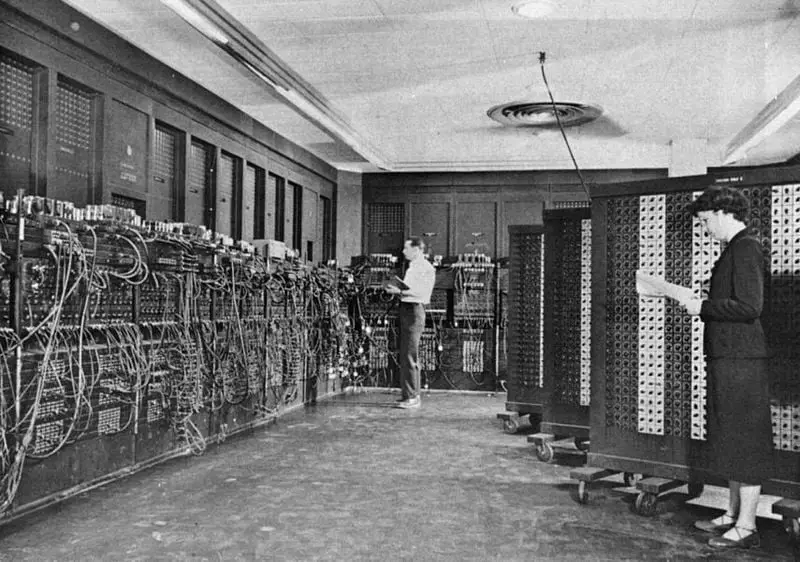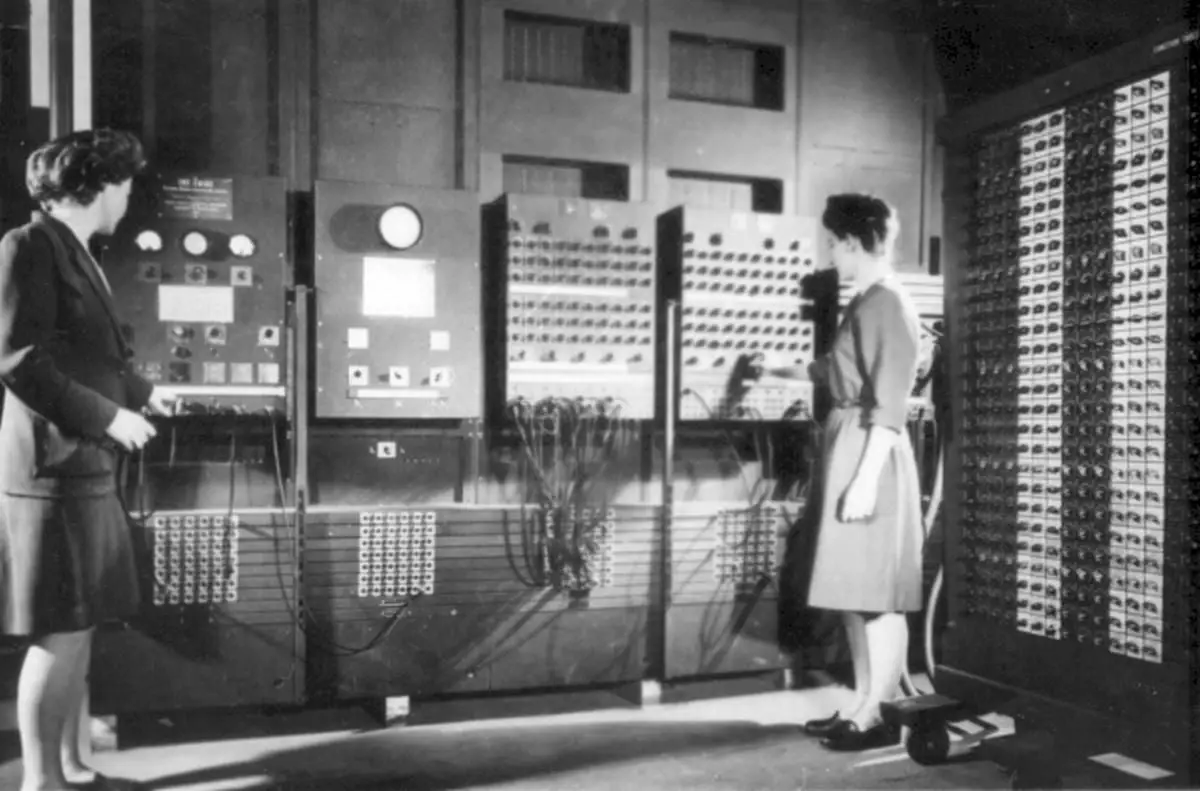What was the first computer? It is difficult to agree, but the ENIAC was undoubtedly the most significant of its time. This month it turns 75 years old.
ENIAC, the first general-purpose computer, turns 75 years old
At the beginning of the 20th century, several countries took the first steps in computing. The first models were very limited and could only do certain tasks. Americans like to say that the ENIAC computer, which came into operation in 1946, was the first general-purpose computer, i.e. it could be programmed to perform different tasks.
But the Germans had already built a programmable model, the Z1, in 1936. Although it indeed looked more like a programmable calculator than a computer.
The ENIAC was the first general-purpose computer, programmable, and yes, completely digital. That is, it operated directly in machine code, without analog instructions. It was released on February 14, 1946, so this month it turns 75 years old. Here you can see it, in all its glorious immensity:

ENIAC’s numbers blow us away when compared to today’s computers: It weighed 27 tons, occupied 167 square meters, was over 30 meters long, and consumed 160kW. When it was turned on, blackouts in Philadelphia were frequent.
At that time, the chip had not yet been invented, so computers were powered by valves or vacuum tubes, glass capsules the size of a hand. That’s why they took up so much space.
The ENIAC had 17,468 vacuum tubes, 7,200 crystal diodes, 1,500 relays, 70,000 resistors, 10,000 capacitors, and five million solder joints.
It was capable of completing 5,000 additions and 300 multiplications per second. That’s several million times less than today’s cheap computers, but at the time it was a revolution.
The ENIAC computer was built by engineers John Presper Eckert and John William Mauchly at Philadelphia University, but what was forgotten is that it was programmed by six women: Betty Snyder, Jean Jennings, Kathleen McNulty, Marlyn Wescoff, Ruth Lichterman, and Frances Bilas. And although they appear in almost all the photos, some media went so far as to say that they were “models who posed.” But it was they who created the first subroutines, and some of the first history programs.
Programming was completely manual. To run a program or modify an existing one, you had to pull out some wires and place them on other connectors. So a modification of a handful of instructions could take weeks of work to readjust the wires it used.
Like many other technological inventions, its first use was military: it was used to calculate artillery firing tables used by the U.S. Army Ballistic Research Laboratory.
But in its 10 years of life (it stopped being used in 1955), it was also used for numerous scientific and mathematical tasks.
Fortunately, in 1958 the first integrated circuits or chips were invented, and computers became smaller. At least they could now fit into a room…
Pioneers like the ENIAC took the first steps in technology, computing, that changed the world forever.





